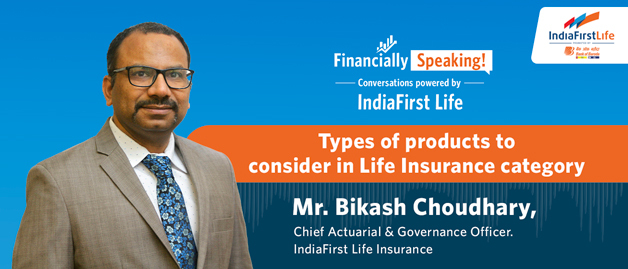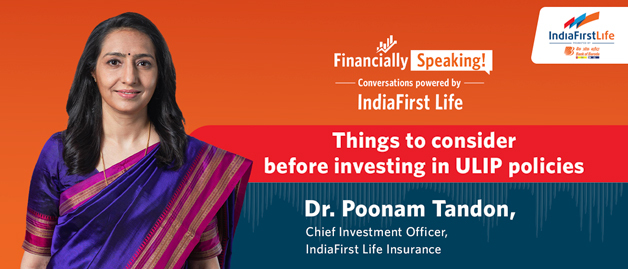While a term insurance calculator gives you an estimate, your actual premium may be affected by several factors.
1. Age
It is one of the most significant factors influencing your premium rates. Younger applicants are generally considered lower risk because they are less likely to develop severe health issues in the near term. They can get coverage at a much lower cost. On the other hand, buying a policy at an older age means higher premiums due to the increased likelihood of health problems. It is also important to keep the term insurance age limit in mind.
2. Health Condition and Medical History
Your current health status, lifestyle habits, and family medical history all play a major role in determining premium rates. Applicants with pre-existing conditions, a history of chronic illnesses, or high-risk habits such as smoking, may face higher premiums. Insurers often require medical tests to get an accurate idea of your risk profile. Maintaining good health through a balanced lifestyle may help you secure more affordable term insurance rates.
3. Occupation and Lifestyle Risks
Jobs that involve physical danger, exposure to hazardous substances, or frequent travel can lead to higher premiums. With some insurers, high-risk hobbies, such as adventure sports, scuba diving, or mountaineering, can also raise your term life insurance cost. These activities increase the chances of an accidental death or disability, which insurers factor when calculating the price.
4. Policy Term and Coverage Amount
The length of the policy term and the sum assured you choose have a direct impact on the premium. Longer coverage periods and higher coverage amounts lead to higher premiums. Selecting the right balance between cost and protection is essential to ensure your family’s financial security without any instances of overspending.
5. Inclusion of Riders
Adding term insurance riders to your policy enhances coverage but also increases the premium. Common riders include accidental death benefit, waiver of premium, and the critical illness rider, which provides a lump sum payout if the insured is diagnosed with a covered illness. While these add-ons improve protection, you should choose them based on your needs and budget.
6. Smoking and Alcohol Consumption
Tobacco and excessive alcohol consumption increase the likelihood of serious health problems. It raises your risk profile for insurers. Smokers may pay a higher premium than non-smokers. Some insurers even classify occasional smokers separately from regular smokers (but being in either category will still attract higher costs).
7. Gender
Statistically, women tend to live longer than men, which often results in slightly lower premium rates for female applicants. It is a factor insurers consider for their pricing models. It is the reason a term insurance calculator asks you to select your gender when estimating your premiums.
8. Mode of Premium Payment
Premium rates may vary slightly, depending on whether you choose to pay annually, semi-annually, quarterly, or monthly. The overall costs for annual premium payments may be less, since the insurer receives the full premium upfront (which can reduce administrative costs).


























